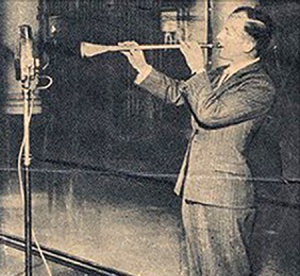
The sistrum, an ancient percussion instrument, was commonly shaken during religious ceremonies to signify the presence of a deity. In Egypt, it is believed to have mimicked the sound of rustling papyrus stalks. Unlike enclosed rattles, the sistrum features rings or discs on one or more rods, which produce sound externally. When these rods are set within a frame, they are referred to as frame or sliding rattles. In some sliding rattles, the rods themselves are movable, serving as the rattles. The sistrum discovered in Tutankhamun’s tomb uniquely combines snake-shaped rods with square discs as rattles. Similar design elements can also be seen in silver instruments used in Armenian and Syrian worship rituals.


Originally a sacred instrument dedicated to the goddess Hathor, the sistrum became a symbol of life-giving energies, rooted in ancient water and fertility rituals, as well as a tool in spiritual practices honoring various deities. In ancient Egypt, Rome, and Greece, it was widely adopted as a priestly instrument in the Isis cult (Apuleius). To this day, the sistrum holds significance in Coptic worship and is still used by Ethiopian Christians alongside the drum, albeit stripped of its pagan embellishments. Ancient Egyptian sistrums were often adorned with depictions of Hathor, Isis, the jester Bes, the sphinx, falcons, and other animal or plant motifs. Fired clay sistrums decorated with papyrus umbels point to the instrument’s mythological origins in a cult ceremony where young women honored the goddess by plucking aquatic plants from the Nile River and shaking them to produce a rustling sound. This act, known as “making a seshesh” inspired the instrument’s name, and in later practices, the sistrum was often shaken alongside bundles of plants.
This according to this month’s featured article on the sistrum in MGG Online.






